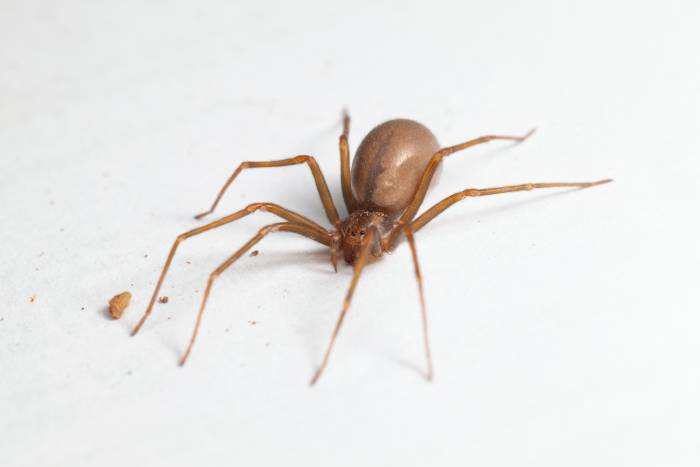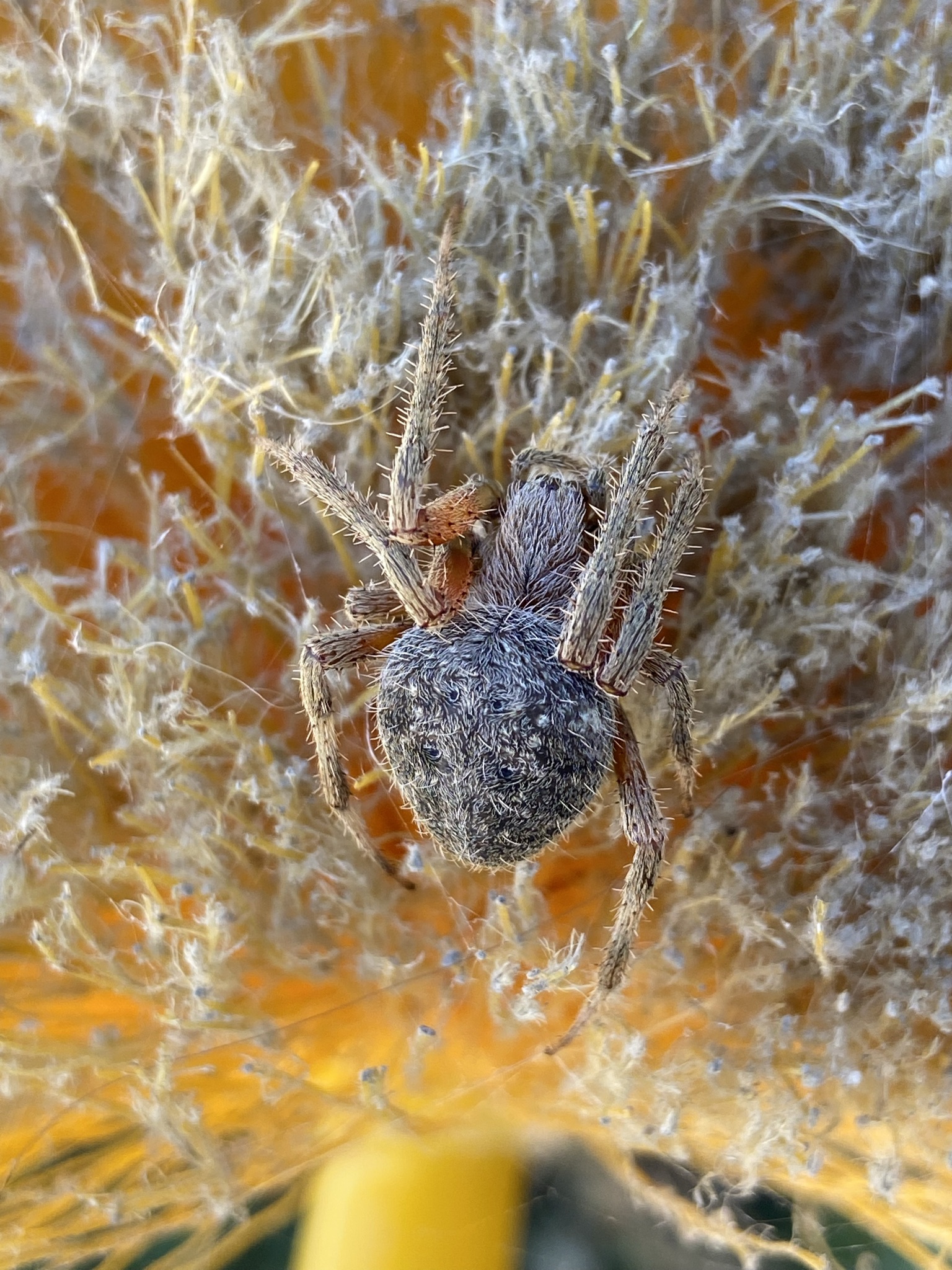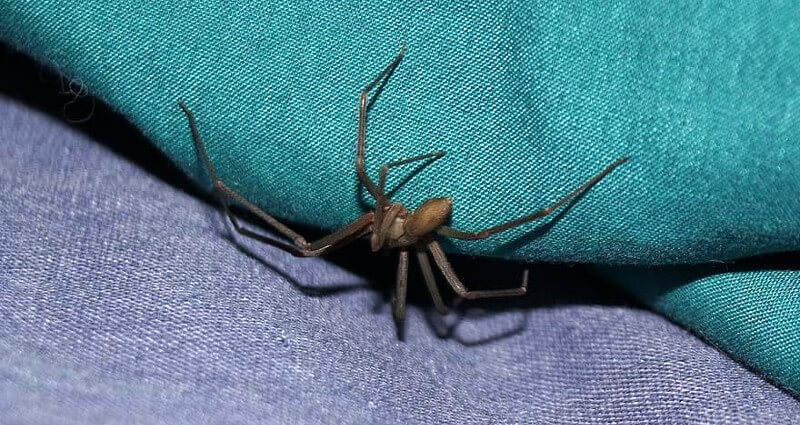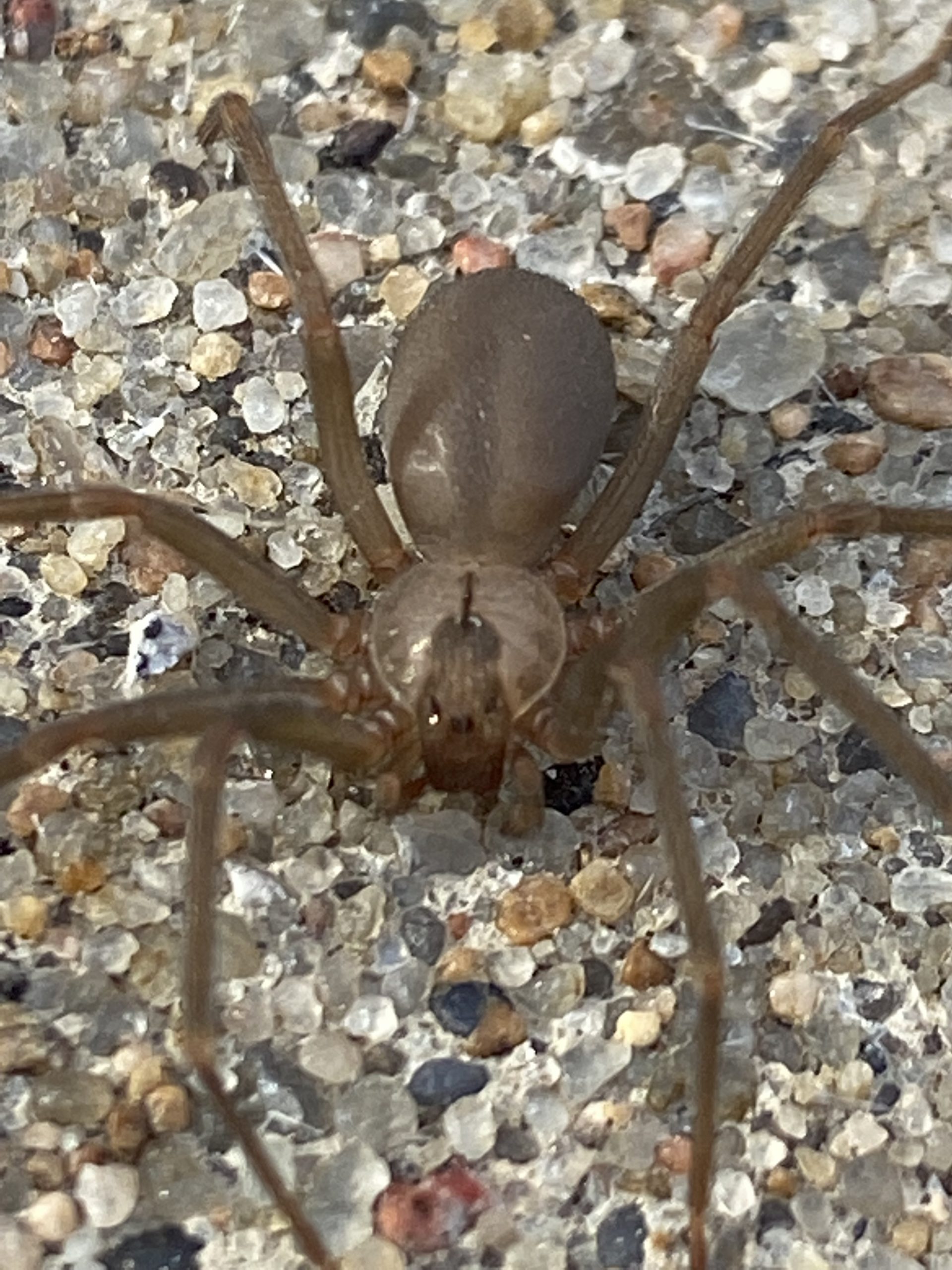$25 Off Initial Service
Receive $25 off when you join our Annual Service Program
CALL TO CLAIM Or dial 918-880-2236Spider Biology
Spiders are the most feared creature in the United States. An unfortunate truth, sustained in our society mainly because they are poorly understood. Spiders are actually very beneficial, and a crucial part of the fauna in nature, and play an important role. Though all but two families of spiders have poison glands, very few are considered particularly dangerous. When it comes to living with spiders, their presence is not appreciated by most property owners in most structures, and control is often requested.


Spiders belong in group of animals called Arthropods, which means “jointed Legs”. This group includes crustaceans (shrimp, etc.), Insects, as well as spiders and scorpions, among others. The more specific group that contains spiders and their kin is called the Order Arachnida, which includes spiders, scorpions, ticks, mites, daddy longlegs and some other creepy crawly cousins.
Distinctive features of spiders
Spiders have two main body parts: The Cephalothorax (a combined head and thorax)
Cephalothorax contains:
The Abdomen contains:
Important organs that are part of spider anatomy include:
Eyes- Most spiders have eight eyes in two rows of four, in a curved or straight formation.
Chelicerae- mouthparts on the cephalothorax
Spider Behavior
Spiders are predators. They eat everything from small insects, other spiders, to even FISH depending on the species. The one thing is common with virtually all spiders we encounter in structures is that they are predators, seeking prey.
As with all pests, identification is key. Control will be determined first by proper identification, which will determine the type of control method.






Key points of our Spider Control and prevention plans include:
Inspection and identification are two sides of the same coin in spider management. Inspection and treatment go hand in hand in our service.
Our inspection for spiders always begins with an ID of spiders. Spider ID is not a simple task. It takes extensive knowledge of spider biology, anatomy, and habits. However, most spider problems that occur in structures involve just a few species. For the most part, the main spiders to be concerned with regarding envemonization are the Brown Recluse spider, Loxosceles reclusa, and the Black Widow spider, Latrodectus mactans. Both of these are common in Eastern Oklahoma, and we are very experienced in both identification and control measures.
Spiders present an additional control challenge because they do not have chewing mouthparts, they do not groom themselves, and they walk on pinpoint legs, all of which equates to less exposure to traditional residual pest control materials. Specific products and formulations are chosen that increase the ability to control them, such as dust and microencapsulated products.
You’ll be happy to know that this can be done with essentially no-odor products.
Every treatment is a prescription treatment for your particular structure and spider problem. Following the initial inspection and identification, some of the steps we will take for control could be:
Glue boards are often used to monitor for spider activity in key areas such as utility closets and garages. This also serves as a monitor for the pests that the spiders use for food sources, giving some clues about additional control measures that may be in order. Attention is always paid to the exterior’s outdoor lighting, which can play a key role in attracting insects, and ultimately spiders.
Depending on the spider species, they could migrate in from outdoors, especially during times of heavy rain, drought, and seasonal change. They can be brought in on almost any item, but especially stored items brought into the structure.
Spiders can migrate from attics, crawl spaces, and basements, voids in the home, such as masonry, etc.
Always know that it is possible to transport spiders from other areas of the country and the world, which can lead to being bitten by non-native spiders that are poisonous.
The two spiders in our area that are of greatest concern are:
Brown Recluse spider, Loxosceles reclusa, a member of the Violin spiders in the family Loxoscelidae. The danger with the Brown Recluse is a type of bite, or envenomization that is cytotoxic, meaning the toxin breaks down tissues at the site of the bite. The result can be very serious, and suspected bites should be addressed by medical professionals. Brown Recluse spiders do not agressively bite humans, and bites are virtually always an unfortunate accidental contact with the spider. This can be anything from rolling over on them in bed, putting on an old pair of boots from the garage, reaching around an item in storage without observing what you’re grabbing, etc.
Black Widow spider, Latrodectus mactans, a member of the Comb-footed spiders in the family Theridiidae. The danger with this spider is being bitten, introducing a venom that is a neurotoxin. The bite known as “Latrodectism” is systemic in nature, and immediate medical attention should be taken in the event of a suspected bite.
A good rule of thumb when gardening, working in the garage, etc. is to wear long sleeves, gloves, and long pants. And to inspect and “shake out” shoes, boots, clothing etc. that have been in storage. They have even been found in such things as stored Christmas decorations. A good argument for sealed storage boxes!
The solution to your spider problem is to sign up for one of our pest control service plans, designed to both rid your structure of spiders, and prevent future infestations.
Pest Management materials are regulated products, regulated by the Environmental Protection Agency, or EPA, as they are known by in our industry.
All pest control materials used by Pest Medic Pest Control for pest control are EPA registered and labeled for such use. Some products we use are what are known as 25-B products, which are typically Botanically derives pest management materials, which are so low in relative toxicity to humans that they are exempted for EPA registration. Our policy is to use the products that are the most effective and the lowest relative toxicity to humans. You can feel comfortable with our service being rendered in your home, and feel that it’s safe for you, your loved ones, and your pets.
Receive $25 off when you join our Annual Service Program
CALL TO CLAIM Or dial 918-880-2236Spider Identification
Webbing Sweep
Dusting Treatment
Monitoring/Maintenance
Or dial 918-880-2236

5.0 Star Rating ★★★★★
106+ Reviews


5.0 Star Rating ★★★★★
1+ Reviews
Copyright © Pest Medic 2025. All Rights Reserved. Made with ❤ by GorillaDesk.
Made with ❤ by GorillaDesk